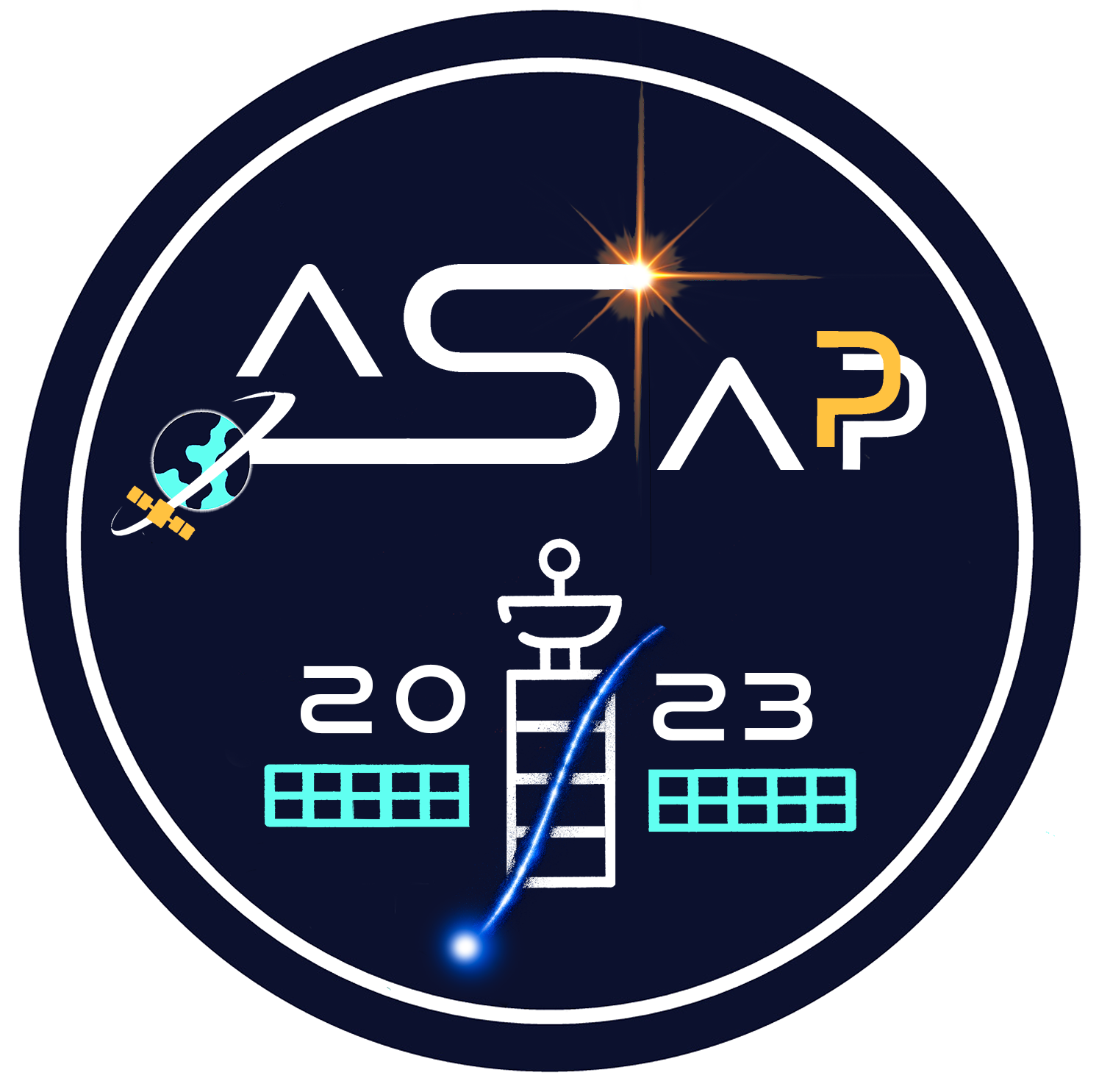Speaker
Description
CSES (China Seismo-Electromagnetic Satellite) is a sophisticated multi-channel space observatory. The main scientific objectives of the missions are: the extension of Cosmic Ray measurements at low energy, the investigation of perturbations in the ionosphere/magnetosphere caused by natural sources or anthropic emitters and the study of solar-terrestrial interactions.
The first satellite CSES-01 was launched on the 2nd of February 2018 on a Sun-Synchronous orbit at an altitude of ~500 km. It carries a suite of instruments among which there is the Italian High Energy Particle Detector (HEPD-01). This payload is the main contribution of the Limadou collaboration, and it is optimized to detect charged particles: mostly 3-100 MeV electrons and 30-200 MeV protons, with good capabilities in the identification of heavier nuclei. The instrument is composed of a silicon micro-strip tracking system, a trigger made by a segmented layer of plastic scintillator, a calorimeter made by a tower of plastic scintillators and an array of LYSO crystals and a veto system.
A second satellite CSES-02 will be launched at the end of 2023, and will carry HEPD-02, a new high energy particle detector. This instrument has been recently integrated, and it is now performing an extensive test campaign for space qualification and calibration. It presents important upgrades with respect to its predecessor: it will be the first instrument carrying a CMOS pixel tracker in space, designed to reach a 5 micrometer resolution; it will mount an electromagnetic calorimeter including six of the largest LYSO crystals ever used in space (15x5x2.5 cm^3); additionally a new trigger system will allow to adapt the data acquisition scheme depending on the orbital zone and on the presence of impulsive events.
In this contribution a synthetic status report about CSES-Limadou project will be given. HEPD-02 will be shown in detail, with a particular focus on the design choices. The new technologies used to improve the performance of its predecessor will be described and the future perspectives briefly discussed.
| Eligibility for "Best presentation for young researcher" prize | No |
|---|
